Today one might call it a “fully integrated travel provider”. As such, it was also the biggest in the world. It is a fantastic tale of a uniquely Canadian company, Canadian Pacific, and a new large coffee table type book details this amazing story in text and fantastic photos and advertising posters, most of them seldom seen, and some very rare.
Author Barry Lane is an award winning author for his previous book, This Day in New France. He is an historian in New Brunswick. The layout designers responsible for the wonderful layout, matching text and images, were Editions Sylvain Harvey, and Andre Durocher, and publishers in English are Goose Lane Editions
Listen
Canadian Pacific started out as a transcontinental railway, whose history is intimately connected with the history of Canada as a country. Indeed, it’s completion was a prerequisite for British Columbia to join the Canadian federation.
It was completed in 1885, after financial scandals, nearly bankrupting and toppling the government on more than one occasion, and absolutely enormous physical challenges and difficulties, to eventually join the east and west coasts across several thousand kilometres.
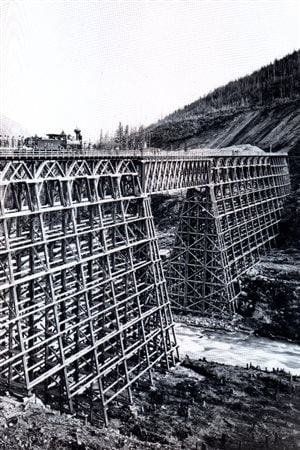
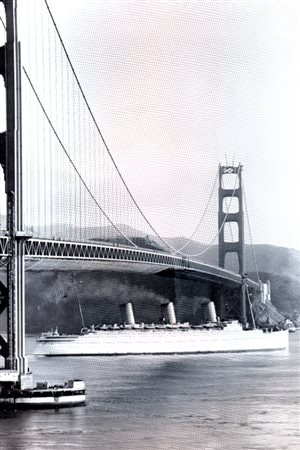
.
.
.
.
.
.
.
.
.
.
.
.
.
.
Unlike the railways in the U.S., the Canadian Pacific Railway, (CPR and later just CP), had a monopoly on transcontinental rail traffic in Canada, amassed great wealth and quickly branched out.
In addition to unique architecture for its lesser stations, and vast, hugely impressive main stations, it also built and operated luxury hotels in Canada’s main cities, and tourist destinations, again often with grandiose and unique architecture outside, and lavishly appointed interiors.
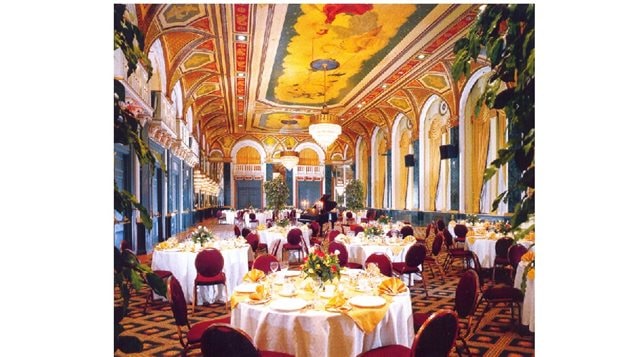
From the latter part of the 1800’s up until the crash of 1929, and then briefly again in the late 1930’s, and then post-war in the 1950’s it was mostly the wealthy who could afford to travel on “vacation”. Whether on business or vacation, they expected luxury, and CP was there to provide it.
Domestic and foreign travellers could ride the CPR trains, and stay at their luxury hotels.
To bring the foreign visitors to Canada, or to offer luxurious travel to Canadians wishing to visit exotic destinations around the world, CP also operated a vast fleet of ships on both coasts with destinations to Europe, Asia, Australia and the Middle east.
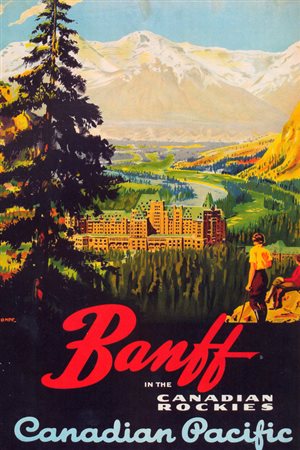
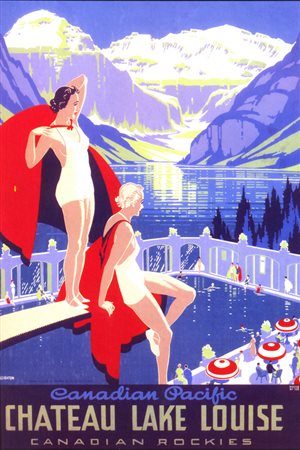
.
.
.
.
.
.
.
.
.
.
.
.
.
.
.
.Thus, one could travel around the world, by ship, rail, and later by air, stay in world class hotels, and never leave the safe hands of CP, whose travel services could also arrange all travel, booking, and side trip excursions. In fact for many years the line ran an annual four-month long “around the world” trip.
A former tour operator and great traveller himself, Lane says the book is a work of love, and a reminder of a romantic period. Post war, the car and intercity highways, began the decline of passenger rail. In the 1960’s cheaper air fare spelled the end of the luxury liner, and the company began to sell off its luxury hotels, which however, fortunately still survive with most of their glorious architecture and appointments intact.
Although the book focusses mostly on passenger traffic, the CPR was and remains an important transporter of freight, notably western Canadian grain, shipped to destinations around the world.
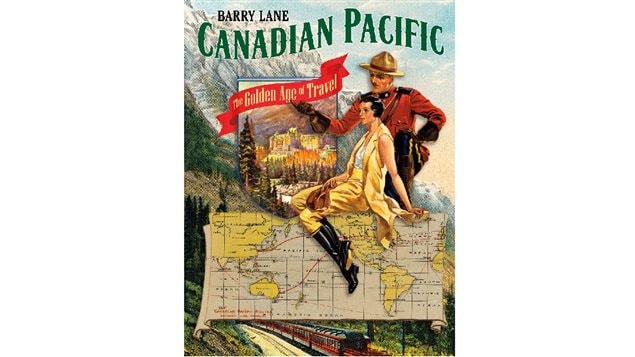






For reasons beyond our control, and for an undetermined period of time, our comment section is now closed. However, our social networks remain open to your contributions.